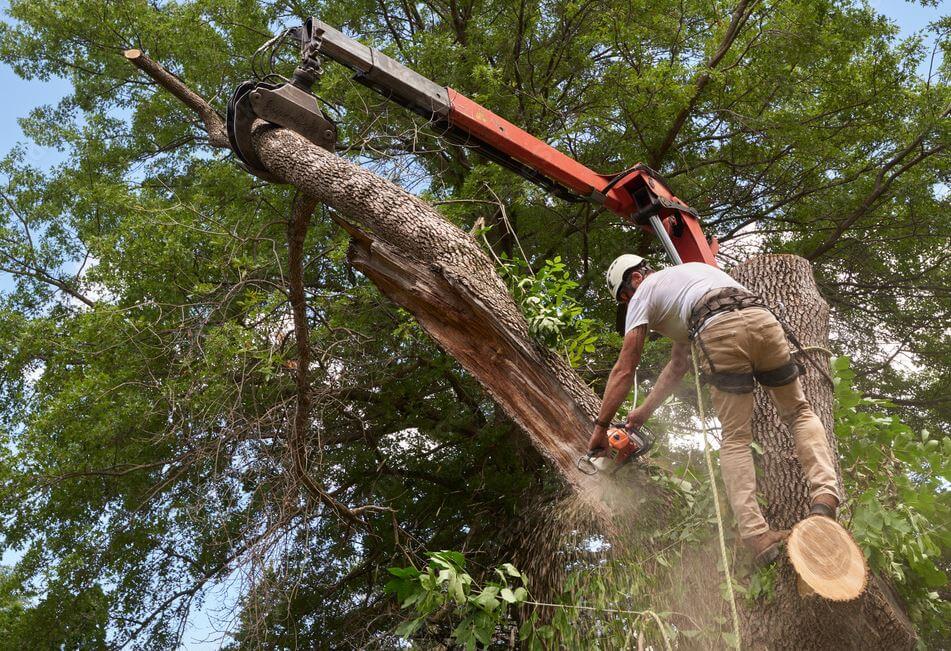What are the different methods of Tree Removal?
Trees play a crucial role in our environment as they can supply oxygen, decrease air pollution, maintain more relaxed surroundings and more. Furthermore, in a time of escalating energy expenses and environmental consciousness, trees can be beneficial in reducing energy costs.
When planted in an appropriate position, a tree can provide shade and cool air, which can help you save money on energy costs. Research shows that thoughtfully placed trees can reduce energy consumption in a typical household by a significant amount.
However, there are instances when tree removal is necessary. This is typically done to guarantee safety or reduce the risk of disease. Trees that are dead, dying, or afflicted with disease can infect neighbouring trees. Arborists and tree removal specialists employ various methods to replace a tree.
Traditional Felling
This method, often depicted in media, involves workers chopping or cutting the tree’s base until its trunk falls to the ground. It is a relatively straightforward approach requiring only a chainsaw or an axe. The advantage of this method is that workers can remain on the ground during the process.
However, tree felling involves skill and knowledge to determine the precise location and manner of cutting the tree’s base to ensure controlled falling. Considering the risks associated with a falling tree is crucial, as it can pose a significant hazard to nearby people and structures.
Climbing
The climbing method entails workers ascending the tree and systematically removing sections from the top downwards. They utilise rigging cables to lower the branches and trunk segments as they progress. While climbing is generally more time-consuming than felling, it offers greater control over tree removal.
This technique may be necessary when the tree is situated among multiple structures or cannot be safely felled due to its location. By ascending the tree, workers can selectively remove sections and manage potential hazards more effectively.
Bucket Removal
Bucket removal follows a similar principle to climbing. Still, instead of using climbing gear, it involves using a bucket truck, also known as a cherry picker. Workers are lifted to the tree’s height using the bucket, allowing them to saw and remove the tree in sections.
This method is particularly beneficial when the tree in question is decayed or unable to support climbers. However, it requires the availability of a bucket truck and potentially other specialised equipment. Planning and preparation in advance are necessary to ensure the proper use of this method.
Crane Removal
In situations where felling, climbing, or bucket removal are deemed unsafe or impractical, crane removal comes into play. This method involves utilising a full-size crane to extract the tree from the ground.
Crane removal eliminates direct worker involvement in the tree removal process, relying on the power and capabilities of the crane to safely extract the tree. This method is usually reserved for scenarios where other techniques pose significant risks or limitations.

